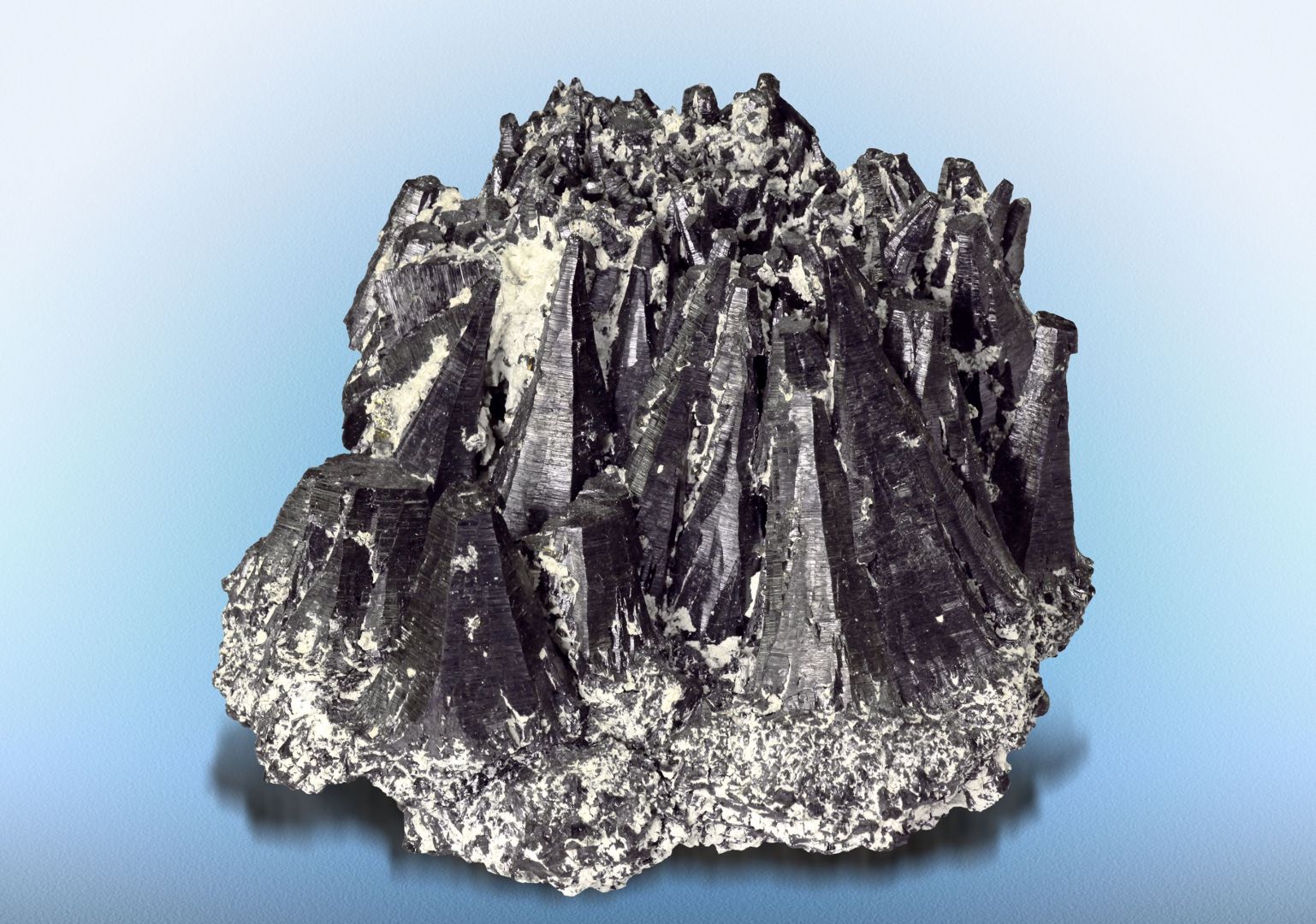MINERALS OF THE CARPATHIANS - 2. view / Mátra, Cserhát, Börzsöny and Visegrád Mountains
Ore mining in the Mátra Mountains
There are two large areas of ore mineralization in the Mátra Mountains, the eastern Mátra (around Recsk and Parád) and the western Mátra (around Gyöngyösoroszi and Mátraszentimre). The former is associated with Eocene-Oligocene (about 30-40 million years old) andesite volcanism, while the latter with Miocene (about 15 million years old) andesite volcanism. Ore mining in the eastern Mátra Mountains began near Parádfürdő in the 18th century and then became more significant in the 19th century with the exploitation of enargite ore from the Lahóca Hill in Recsk. This latter mine closed in 1979. Meanwhile, in 1967, a significant copper ore deposit (so-called “deep level” mineralization) was discovered in Recsk at a depth of hundreds of meters, but it was never mined. Ore mining took place in the vicinity of Gyöngyösoroszi in the western Mátra Mountains as early as the 18th century, and it lasted until 1986, with minor interruptions. A very diverse mineral association has developed in both areas, of which wurtzite (zinc sulphide, ZnS) from Gyöngyösoroszi can be highlighted. It forms brownish-black, steep hexagonal pyramidal crystals up to several cm in length.
In the picture: Wurtzite, Gyöngyösoroszi (Hungary). Size: 6 cm. Photo by László Tóth.
